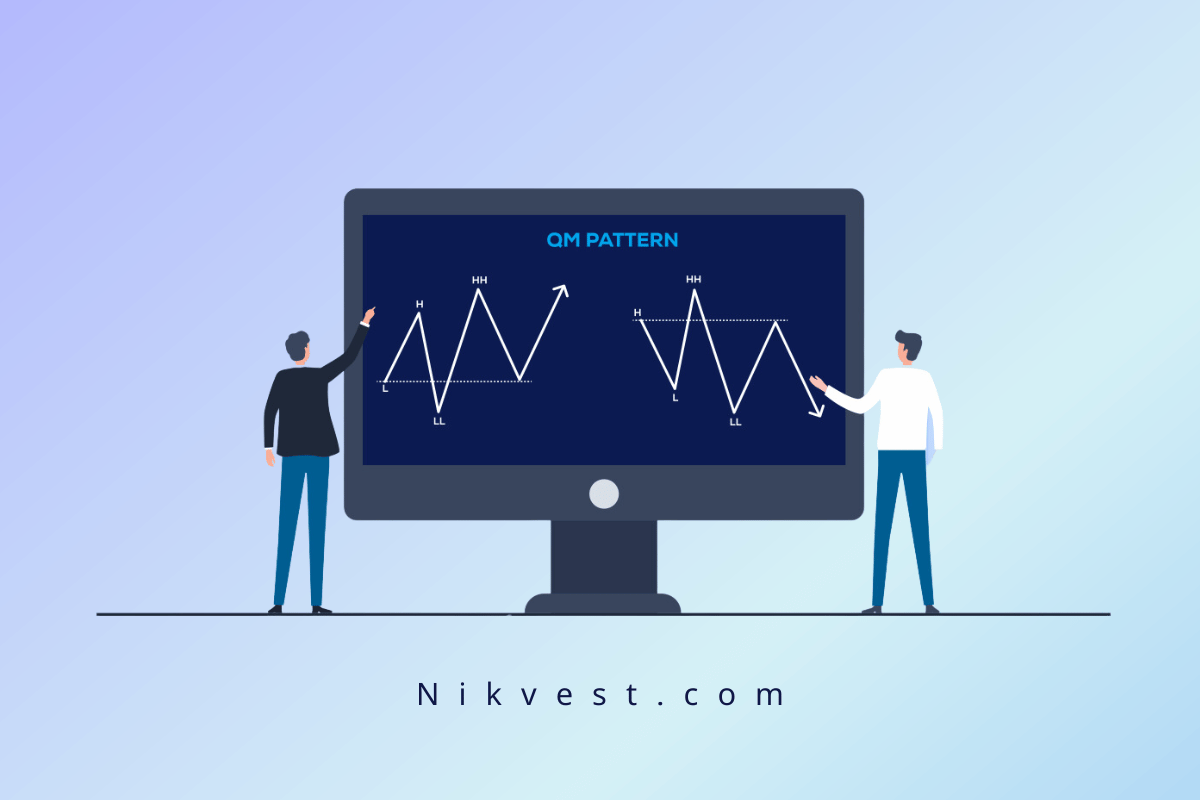Top Forex Indicators for Signaling: Secrets to Successful Trading
Signal Indicators: Essential Tools for Successful Trading
Signal indicators are vital tools in the world of financial trading. They use complex algorithms and mathematical calculations to identify buy and sell signals in financial markets. Their purpose is to simplify traders’ decision-making and make it easier to analyze market data more effectively and straightforwardly.
Signal indicators can be divided into two categories: the first for technical analysis and the second for economic forecasting. Each indicator has unique features designed to meet various traders’ needs.
One of the critical features of signal indicators is their ability to show the speed and momentum of price changes in the market. This information is crucial for traders as it helps them identify the best time to enter or exit a trade. Multiple indicators simultaneously can help analysts make more accurate and comprehensive market predictions.
Another advantage of signal indicators is that many of them are free, allowing even traders with limited capital to use these advanced tools to analyze and improve their trading strategies.
Without signal indicators, traders may encounter more errors in their analysis. These tools enable traders to detect market fluctuations more precisely and observe details not visible to the naked eye.
Application of Signal Indicators
Signal indicators are valuable tools that help traders determine the right time to enter or exit the market. This is especially crucial in volatile markets like cryptocurrencies, where these tools can play a vital role. Indicators can show the right time to exit the market at the end of an upward trend or to enter the market at the end of a downward trend.
Additionally, these tools can identify price corrections and predict when a price trend will turn bearish or bullish. Another key feature of these indicators is their ability to detect market fluctuations over various timeframes, from minutes to weeks.
Signal indicators are also helpful in confirming or rejecting an asset’s technical and fundamental analysis. This allows traders to make decisions based on more reliable and solid data. Some indicators can even somewhat predict price behavior and provide critical information to traders.
To use signal indicators effectively, traders must have a sufficient understanding of the market and technical tools. This knowledge helps them fully exploit the applications and benefits of these indicators. Although indicators are often used for confirmation, they should not be relied on as a standalone strategy for entering the market and must be used alongside other tools and analyses.
Types of Signal Indicators
Indicators are the best tools for signaling in the financial market. They can provide information that is not visible to the naked eye, making them highly valuable tools for financial market analysis.
Various indicators are used to analyze the financial market, and analysts, especially beginners, often face the challenge of choosing the right indicator. Here are some of the commonly used indicators for buy and sell signals:
- Parabolic SAR: Identifies trend reversal points and draws dynamic support and resistance lines.
- Bollinger Bands: Defines a range within which prices usually fluctuate, which helps identify market trends.
- Ichimoku Cloud: Identifies support and resistance levels and provides buy and sell signals.
- Standard Deviation (StdDev): Measures price volatility and helps assess the impact of market fluctuations on future prices.
- Stochastic Oscillator: This indicator shows the strength and direction of a trend and is functional for buy and sell signals.
- Moving Average (MA): A popular indicator for signaling and identifying trends over different timeframes.
- Fibonacci Retracement: Pinpoints exact price change levels and can identify resistance and support levels.
- Relative Strength Index (RSI): Used to identify momentum, buy and sell signals, and divergence.
- Average Directional Index (ADX): This indicator shows the strength of a trend and can be used for trend analysis.
- Exponential Moving Average (EMA): Confirms market changes and adds credibility to decisions.
- Commodity Channel Index (CCI): Analyzes price deviation from its average, identifying market strengths and weaknesses.
By using and combining these indicators, traders can conduct more precise analyses and make better trading decisions. Continuous learning and practice are essential to achieving success in financial trading.
How Reliable Are Signal Indicators?
One critical question in financial trading is how much trust to place in signal indicators. While these tools provide essential information to traders, they are not always 100% accurate and can occasionally give false signals. Traders must know this and carefully analyze the signals and data indicators provided.
Combining several indicators can improve the accuracy of analysis and predictions. Each indicator provides different insights into the market, and combining them can lead to better trading decisions. Advanced options and customized settings in indicators can also improve their accuracy.
Popular and trusted indicators such as Cougar FX, MACD, RSI, YMS Scalper, Stochastic, and Psych Indicator deliver solid and reliable signals. These tools perform well, and traders can trust their outputs.
In conclusion, signal indicators are essential tools in financial markets, but they are not infallible. Traders should always verify their analysis and manage risk to ensure greater accuracy and success in trading decisions.
Why Buy and Sell Indicators Were Developed
In capital markets, buy-and-sell indicators are crucial tools for technical analysis. They help traders make informed decisions about when to buy or sell stocks and other securities. These indicators extract data from price charts and trading volumes to generate buy-or-sell signals.
The importance of buying and selling indicators stems from the need for traders to base their decisions on precise and scientific data. These indicators allow traders to recognize appropriate entry and exit points in the market and make well-timed decisions.
Buy and sell indicators simplify and speed up trading decisions, providing immediate alerts on the best stocks or assets to buy or sell in the market. This simplicity and speed are significant factors contributing to the widespread use of these tools.
Conclusion
Signal indicators are vital tools for capital market traders. By analyzing historical price and volume data, they help traders identify trends and make more informed decisions about buying or selling securities.
The significance of signal indicators lies in their ability to provide traders with accurate and scientific analysis, ensuring better market decision-making. While these tools make trading easier and faster, traders must select the right combination of indicators and pay attention to the reliability of the signals they generate.
Overall, signal indicators are powerful tools that help traders perform better in the capital market, allowing them to make decisions aligned with market conditions.




















































